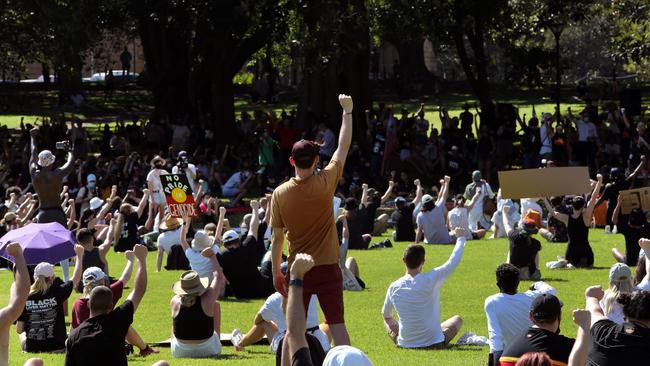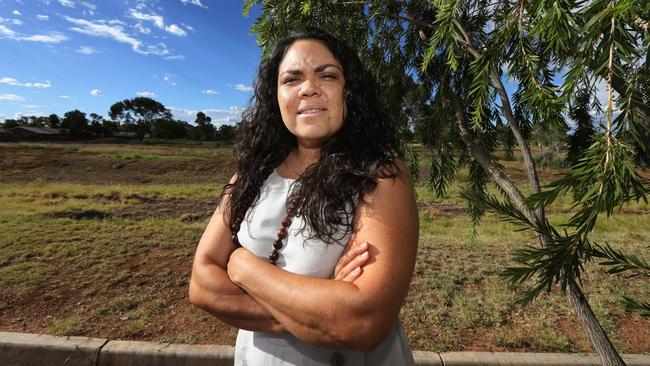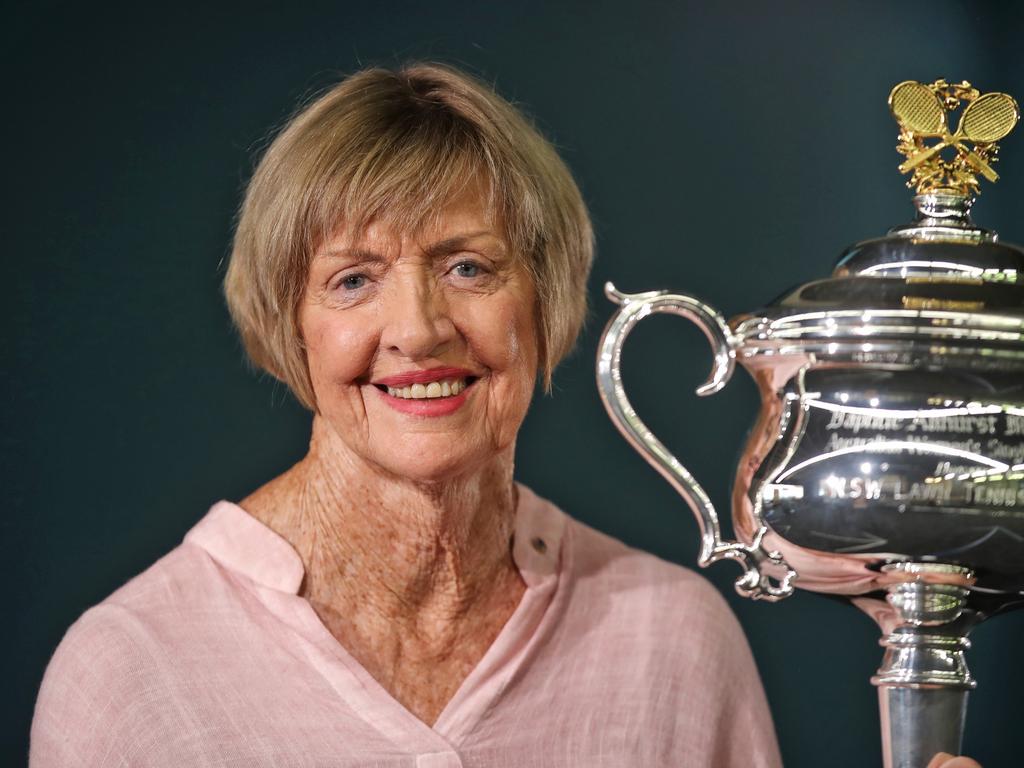
The cities are where the activists and their credulous supporters live among some of Australia’s most privileged. The cities are where the “progressive” media lives and the frame through which it views and reports to the rest of Australia. The cities are where the universities indoctrinate with much of their politically correct ideological teachings, delivered by academics who’ve never lived in remote Indigenous communities yet who bombard parliamentary inquiries and grant application channels with recommendations that fail to even grasp Indigenous disadvantage.
This is part of the reason decades of attempts to address Indigenous disadvantage have fallen short of accomplishing the outcomes needed to fix the ongoing raft of problems. Indigenous Australians in regional remote areas still face dire circumstances.

The latest research, as revealed in my report for the Centre of Independent Studies, Worlds Apart: Remote Indigenous Disadvantage in the Context of Wider Australia, highlights the vast gap between communities with a high proportion of Indigenous population and the rest of Australia.
The chasm shows in shocking statistics for health and reduced life expectancy, school truancy, subsequent poor education and employment levels, and the horrendous impact of high crime rates, particularly domestic violence and sexual assault.
This disparity is common knowledge to those who live in remote areas. But the rest of the nation also should be concerned that billions of dollars and reams of policies intended to tackle disadvantage are failing.
One obvious area where no improvements have been made since Closing the Gap was first initiated is in life expectancy rates, with a seven-year difference between the cities and the bush. Indigenous women in remote communities live up to 69.6 years on average, compared with Indigenous women in cities at 76.5 years. Indigenous men in remote communities live to 65.9 years on average, compared with Indigenous men in cities at 72.1 years.
The research also highlights the astronomical crime rates. Across all states and territories examined, crimes occur at twice the rate or higher for non-urban communities with 50 per cent or more Indigenous population. Alarmingly, in some states and territories, domestic violence and assault far outstrip the rates of all other crimes.
Crime is interlinked with — and largely a consequence of — welfare dependency, which also sees unemployment sitting at about 19 per cent for Indigenous Australians as opposed to just under 7 per cent for non-Indigenous. Unemployment in very remote communities is bleaker, 29 per cent as opposed to 3 per cent for non-Indigenous unemployment in those communities.
Evidence suggests higher rates of crime and unemployment are seeded by low school attendance rates and the resultant lack of education. Tellingly, Indigenous school attendance has declined across all states and territories between 2018 and 2019 to 82 per cent compared with the rest of Australia at 92 per cent. In the Northern Territory, with a large proportion of remote and regional communities, the Indigenous school attendance rate has declined further, to 63 per cent.
We cannot allow these disparities to continue, and the focus for improving Indigenous disadvantage should be placed where it is most needed — in places where it actually exists.
As highlighted in the Yothu Yindi Foundation’s 2017 submission to the Productivity Commission’s inquiry into GST allocation, funding has been ineffective in alleviating disadvantage because it is allocated where there appears to be more people identifying as Indigenous as opposed to Indigenous people experiencing greater disadvantage.
This approach to addressing Indigenous disadvantage continues despite the recommendations of better ways of approaching policy — ones that allocate funding to target need rather than simply on the basis of Indigeneity.

The Closing the Gap plan has done little to address disadvantage for Indigenous Australians living in remote and very remote communities. Yet our leaders forge ahead with disconnected, politically correct policies for placing Closing the Gap responsibility in the hands of the same Aboriginal organisations that have failed to address disadvantage for the past three decades. And part of the problem is that the people who have been making the decisions, designing the policies and allocating the dollars are far removed from the regional and remote areas where disadvantage is greatest — and is entrenched.
The gap between remote Indigenous Australians and the rest of Australia, including those in our cities who identify as Indigenous, will not close as long as every Aboriginal Australian is treated as though we are disadvantaged because of our heritage. The gap will close once we choose to focus on the true causes of disadvantage and are all treated like Australian citizens. Until that happens, the disparity will increase in an ever-widening chasm.
Jacinta Nampijinpa Price is deputy mayor of Alice Springs and director of the Indigenous research program at the Centre for Independent Studies.








Our political leaders don’t live in the bush, they live in cities. Heads of Aboriginal organisations don’t live in the bush, they live in cities. Policymakers don’t live in the bush, they live in cities. Those with the loudest voices pushing to change the date of Australia Day — or for a voice to parliament — don’t live in the bush, they live in the cities.